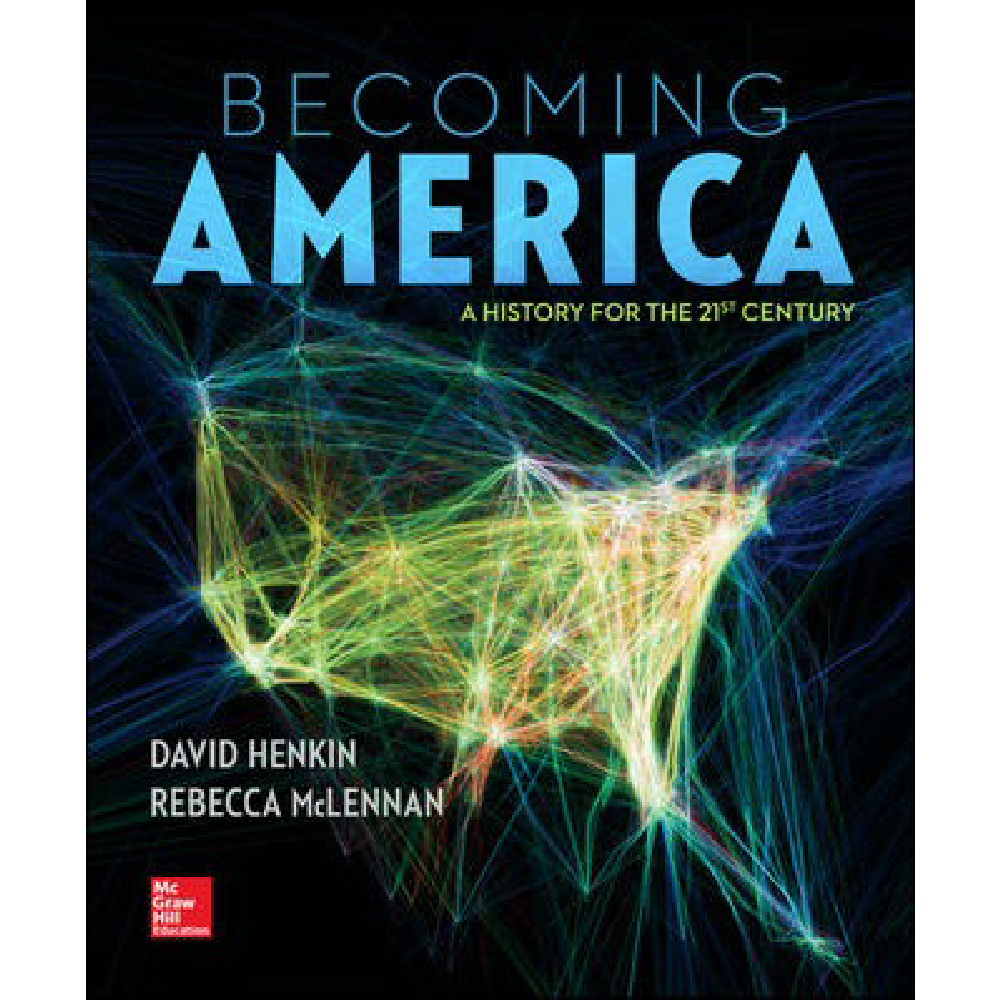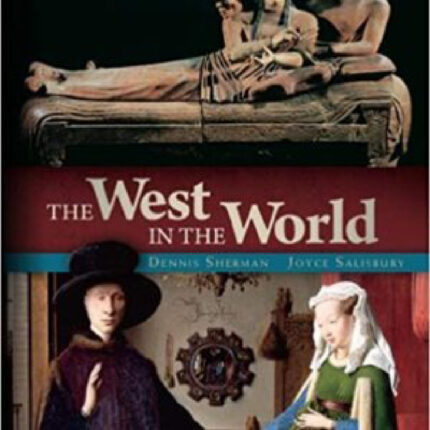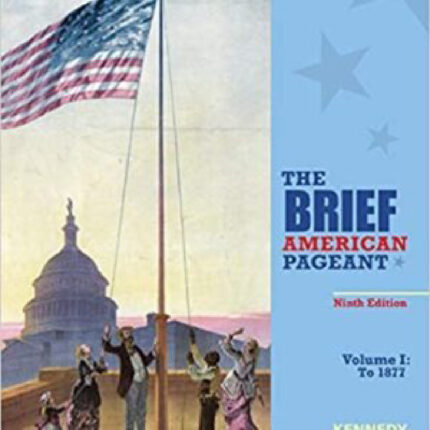Chapter 11
Slavery and the South, 1831-1844
Multiple Choice Questions
- (p. 269)Nat Turner claimed to have been inspired to lead his rebellion by
A. abolition publications from the North.
B. the murder of his wife and children.
C. the beating he had received the day before.
D. a vision in the skies.
- (p. 270)Turner’s rebellion reinforced slaveholders’
A. fears that the races could never live together in peace.
B. confidence that peace could be maintained with proper vigilance.
C. growing realization that the institution of slavery would soon end.
D. belief that slaves lived contentedly within a benevolent institution.
- (p. 271)The persistence of the expansion of slavery in the United States was driven, above all, by
A. tobacco.
B. the increasing value of slaves.
C. cotton.
D. racial prejudice.
- (p. 271)Who invented and patented the cotton gin?
A. Eli Whitney
B. Nat Turner
C. Henry Ford
D. Henry “Box” Brown
- (p. 271)The machines most responsible for the cotton kingdom were
A. steam engines.
B. cotton gins.
C. spinning looms.
D. throstle frames.
- (p. 271)Slaveholding farmers in Virginia had a stake in the cotton boom because
A. it raised the value of their slaves.
B. they could market their tobacco to the same English merchants who were purchasing cotton.
C. they benefitted from the clothing that was produced from it.
D. it increased their property values.
- (p. 272)Cotton accounted for more than half of the nation’s exports and
A. was detrimental to industry in the North.
B. did not necessarily bind up the nation’s commercial capital with it.
C. caused an unfavorable balance of trade with Great Britain.
D. paid for the nation’s imported goods.
- (p. 272)When the international slave trade was ended, the domestic U.S. slave trade
A. remained about the same.
B. drastically declined with it.
C. intensified.
D. slowed down gradually.
- (p. 272-273)Second Middle Passage refers to
A. slaves imported from the Caribbean and South America.
B. the migration of freed slaves to northern states.
C. the sale of African Americans across state lines.
D. slaves transported into Virginia, Maryland, and the Carolinas during this period.
- (p. 275)During the antebellum period the experience of slavery was framed by the
A. prospect of earning freedom.
B. possibility of being sold.
C. sole comfort that one’s family would remain intact.
D. real hope of the impending success of the abolition movement.
- (p. 274-275)The largest slave market in North America during the antebellum period was
A. Charlotte.
B. Alexandria.
C. Charleston.
D. New Orleans.













Reviews
There are no reviews yet.